The Perfect Fish En Papillote Recipe: Simple & Juicy Every Time
Cooking delicate fish en papillote always feels like unwrapping a delicious surprise.
Mediterranean chefs perfected this elegant steaming technique centuries ago.
Parchment paper creates a sealed environment where flavors mingle and intensify.
Delicate proteins transform into tender, succulent morsels while herbs and seasonings infuse every bite.
Fresh seasonal vegetables complement the fish beautifully, adding texture and depth.
Lightweight packets seal in moisture and prevent overcooking, ensuring a foolproof meal.
Fish En Papillote Tastes Light, Fresh, And Elegant
Paper Wrapped Fish (En Papillote) Contents
Main Protein:Vegetables:Aromatic and Flavor Enhancers:Seasoning and Cooking Liquid:Cooking Wrap:Preparing Fish En Papillote Efficiently
Step 1: Warm up the Culinary Canvas
Fire up your oven to a toasty 400°F, creating the perfect environment for your delightful fish adventure.
Step 2: Craft Your Cooking Envelope
Grab parchment paper and slice out two generous rectangles.
Fold each piece precisely down the center, preparing your delicate cooking pouch.
Step 3: Nestle the Star Ingredient
Gently place your fish fillet on one half of the parchment paper, positioning it like a treasure waiting to be transformed.
Step 4: Build Flavor Foundations
Drizzle your fish with liquid gold (olive oil) and sprinkle with:Step 5: Create a Vegetable Symphony
Layer your fish with:Step 6: Seal the Flavor Treasure
Carefully fold the parchment edges, creating a tight seal that will trap all the delicious moisture and aromas.
Step 7: Transform in the Oven
Slide your sealed packet into the preheated oven.
Allow 12-15 minutes of culinary magic to work its wonder.
Step 8: Unveil Your Masterpiece
Remove from oven and serve directly in the parchment packet, letting diners experience the dramatic reveal of their perfectly cooked fish.
Fish En Papillote – Steaming Tips For Even Cooking
Fish en Papillote: How to Store and Reheat Without Overcooking
Light Sides for Fish en Papillote
Fish en Papillote with Fresh Herb and Citrus Ideas
FAQs
White, mild fish like cod, halibut, tilapia, and salmon are perfect. They cook evenly and absorb herbs and seasonings beautifully without falling apart during the cooking process.
Yes, aluminum foil works as an alternative. However, parchment paper provides a more delicate cooking environment and allows better steam circulation, resulting in more tender and flavorful fish.
The fish should look opaque and flake easily with a fork. When internal temperature reaches 145°F, it’s safely cooked. The flesh should be white and slightly translucent, not raw or overly white.
Absolutely! This technique requires minimal added fat, preserves nutrients, and allows fish and vegetables to steam in their own juices, creating a low-calorie, nutritious meal with concentrated flavors.
Print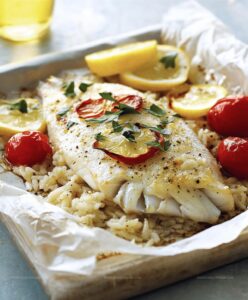
Fish En Papillote Recipe
- Total Time: 25 minutes
- Yield: 2 1x
Description
Delicate French fish en papillote brings Mediterranean flavors dancing onto dinner plates with elegant simplicity. Herbs, lemon, and delicate fish steamed in parchment create a light, fresh meal you’ll savor with pure culinary delight.
Ingredients
Main Ingredients:
- 2 fish fillets (salmon, cod, or tilapia)
- 1 small zucchini, sliced
- 1 small carrot, julienned
- 1 lemon, sliced
Seasonings and Aromatics:
- 2 tablespoons olive oil
- 2 garlic cloves, minced
- Fresh herbs (thyme, parsley, or dill)
- Salt and pepper to taste
Cooking Equipment:
- Parchment paper
Instructions
- Craft individual culinary parcels by cutting generously sized parchment paper sheets and creating a crisp center fold.
- Position delicate fish fillets on one half of each prepared paper, ensuring ample surrounding space for ingredient arrangement.
- Enhance the protein with a gentle drizzle of fragrant olive oil, dispersing minced garlic evenly across the surface.
- Season the fish with measured salt and freshly cracked pepper, creating a foundational flavor profile.
- Artfully arrange a colorful medley of sliced vegetables atop the seasoned fish, creating visual and gustatory complexity.
- Distribute vibrant lemon rounds across the vegetable layer, introducing bright citrus notes to the developing dish.
- Sprinkle an aromatic blend of fresh herbs, allowing their essential oils to permeate the enclosed environment.
- Meticulously fold and crimp the parchment edges, creating a hermetic seal that will trap steam and intensify flavors.
- Transfer the delicate parcels to a preheated oven at 400°F, allowing approximately 12-15 minutes for precise cooking.
- Remove from oven and present each parcel directly on individual plates, inviting diners to unveil the fragrant contents themselves.
Notes
- Always choose fresh fish with firm, white flesh like cod, halibut, or sea bass for best results.
- Experiment with different herb combinations to customize flavor profiles according to personal taste preferences.
- Cut parchment paper into heart shapes for an elegant presentation that helps steam fish evenly while creating a dramatic tableside reveal.
- Ensure vegetables are sliced thinly to cook quickly and uniformly alongside the delicate fish during baking process.
- Prep Time: 10 minutes
- Cook Time: 15 minutes
- Category: Dinner
- Method: Baking
- Cuisine: French
Nutrition
- Serving Size: 2
- Calories: 350
- Sugar: 2g
- Sodium: 150mg
- Fat: 20g
- Saturated Fat: 3g
- Unsaturated Fat: 15g
- Trans Fat: 0g
- Carbohydrates: 10g
- Fiber: 2g
- Protein: 30g
- Cholesterol: 70mg

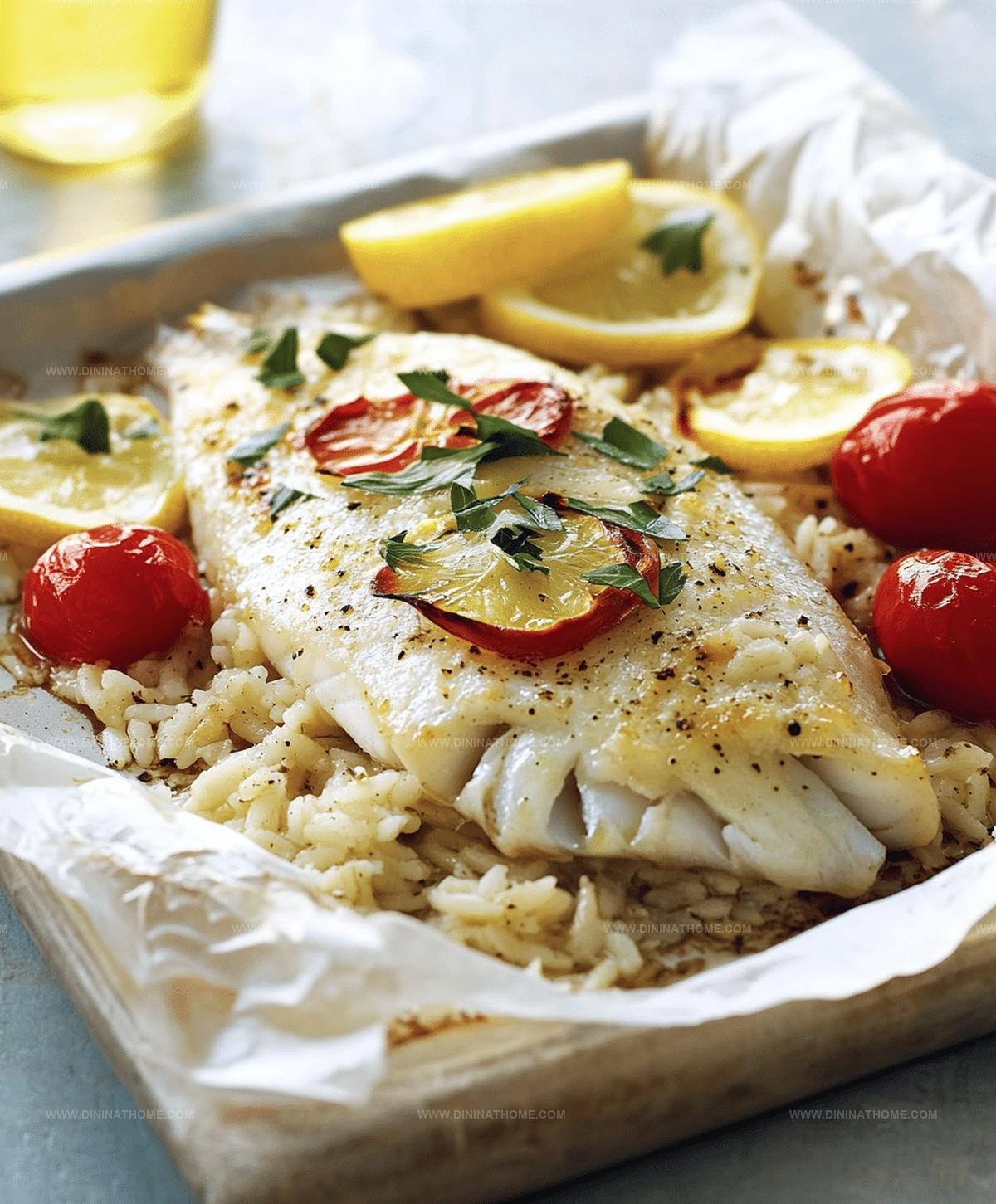
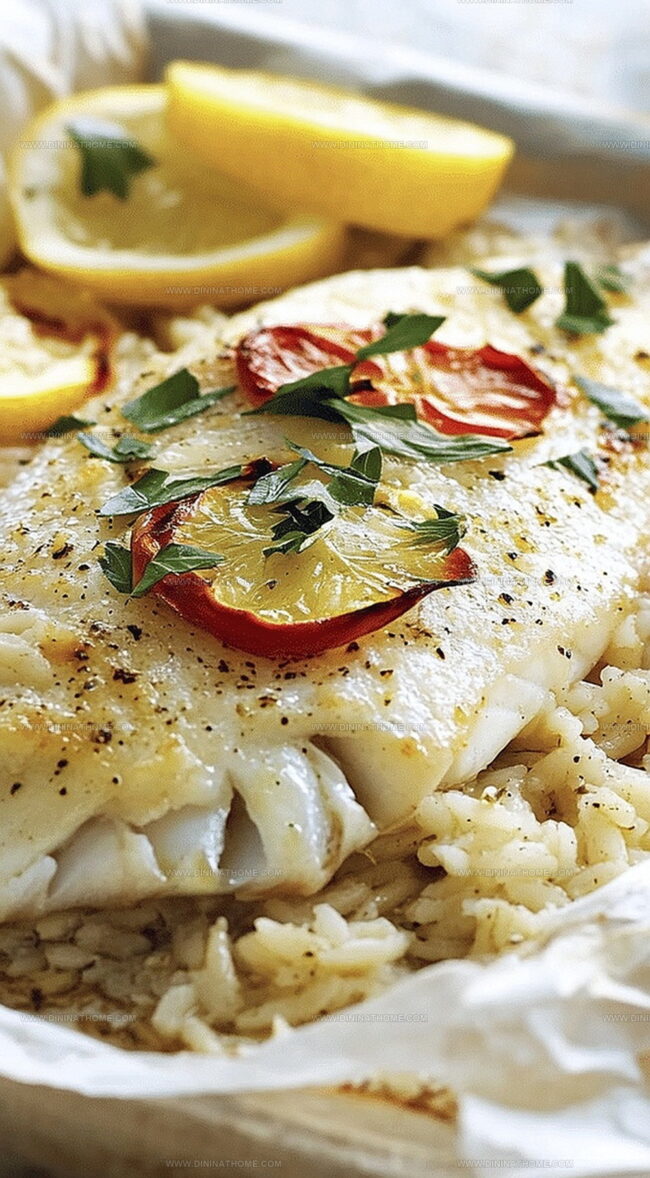
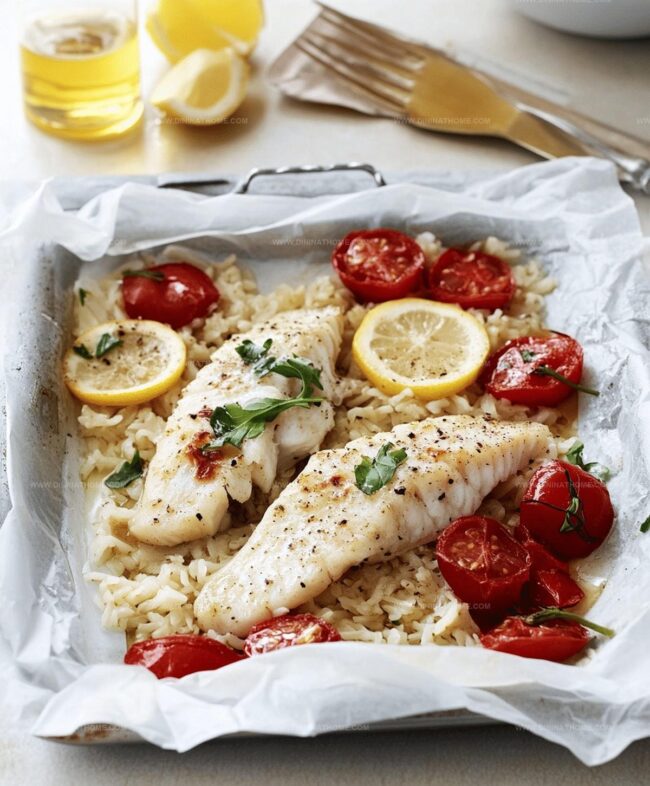
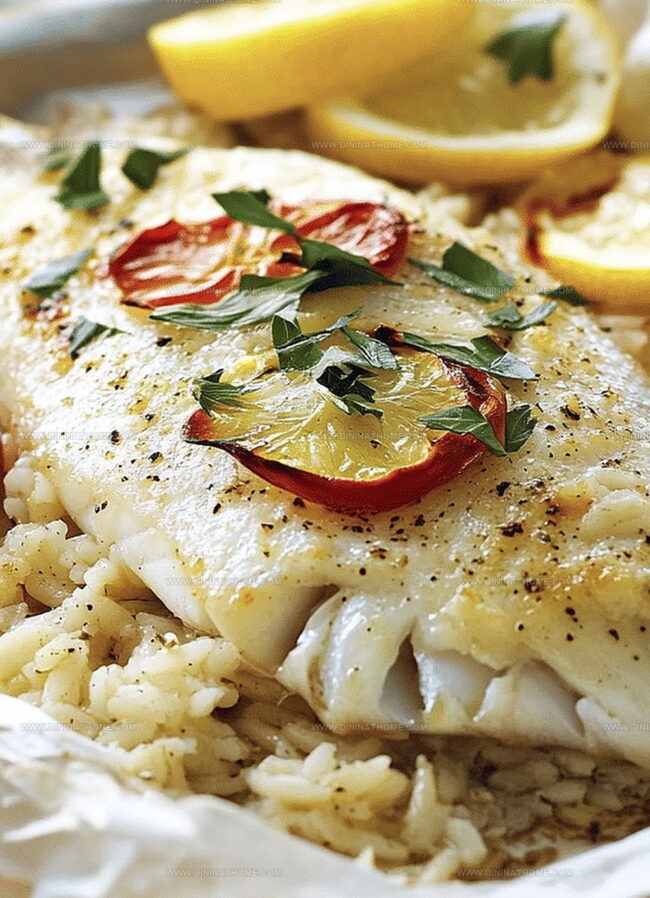
James Walker
Lead Recipe Developer & Culinary Educator
Expertise
Southern Cuisine & Farm-to-Table Cooking, Recipe Development & Testing, Culinary Education & Instruction
Education
School: Auguste Escoffier School of Culinary Arts
Program: Diploma in Culinary Arts and Operations
Focus: Comprehensive training in classical and modern culinary techniques, kitchen operations, and farm-to-table practices.
James didn’t learn cooking from a TV show, he learned it from busy kitchens, family gatherings, and long afternoons spent testing recipes the hard way.
After training at the Auguste Escoffier School of Culinary Arts, he brought his love for real, down-to-earth food to every dish he makes.
At Dining At Home, James loves building recipes that feel familiar but still have something special, like adding a twist to a classic or making a slow Sunday dinner feel brand new.
When he’s not in the kitchen, you’ll probably find him swapping garden tips at the farmers’ market or teaching his daughter how to flip pancakes without a mess (almost).